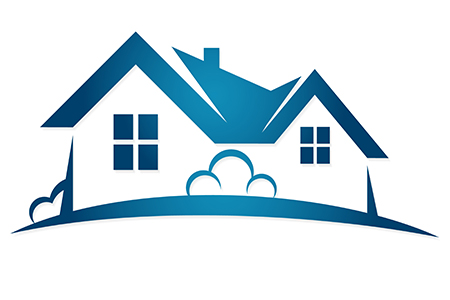Solid home price appreciation more than offset a modest reduction in mortgage interest rates to push housing affordability lower in the second quarter of 2016, according to the National Association of Home Builders/Wells Fargo Housing Opportunity Index (HOI) released today.
“Firm job growth, historically low interest rates and healthy price appreciation in many markets are all positive signs that the housing recovery continues to move forward,” says NAHB Chairman Ed Brady, a home builder and developer from Bloomington, Ill. “At the same time, regulatory hurdles and rising costs for buildable lots and skilled labor continue to put upward pressure on the cost of building a home.”
“Though we have seen a modest drop in affordability in the second quarter, the HOI is still fairly high by historical standards,” says NAHB Chief Economist Robert Dietz. “Rising employment, favorable mortgage rates and increasing household formations will keep the housing market on a gradual, upward path during the rest of the year.”
In all, 62 percent of new and existing homes sold between the beginning of April and end of June were affordable to families earning the U.S. median income of $65,700. This is down from the 65 percent of homes sold that were affordable to median-income earners in the first quarter.
The national median home price increased from $223,000 in the first quarter to $240,000 in the second quarter. Meanwhile, average mortgage rates edged lower from 4.05 percent to 3.88 percent in the same period.
For the third consecutive quarter, Youngstown-Warren-Boardman, Ohio-Pa. was rated the nation’s most affordable major housing market. There, 91.1 percent of all new and existing homes sold in the second quarter were affordable to families earning the area’s median income of $53,900.
Rounding out the top five affordable major housing markets in respective order were Scranton-Wilkes-Barre-Hazleton, Pa.; Syracuse, N.Y.; Harrisburg-Carlisle, Pa.; and Indianapolis-Carmel-Anderson, Ind.
Meanwhile, Kokomo, Ind. claimed the title of most affordable small housing market in the second quarter of 2016. There, 98.2 percent of homes sold during the second quarter were affordable to families earning the area’s median income of $60,900.
Smaller markets joining Kokomo at the top of the list included Cumberland, Md.-W.Va.; Fairbanks, Alaska; Davenport-Moline-Rock Island, Iowa-Ill; and Monroe, Mich.
For the 15th consecutive quarter, San Francisco-Redwood City-South San Francisco, Calif. was the nation’s least affordable major housing market. There, just 8.5 percent of homes sold in the second quarter were affordable to families earning the area’s median income of $104,700.
Other major metros at the bottom of the affordability chart were located in California. In descending order, they included Los Angeles-Long Beach-Glendale; Anaheim-Santa Ana-Irvine; San Jose-Sunnyvale-Santa Clara; and San Rafael.
The five least affordable small housing markets were also in California. At the very bottom of the affordability chart was Santa Cruz-Watsonville, where 14.7 percent of all new and existing homes sold were affordable to families earning the area’s median income of $85,100.
Other small markets at the lowest end of the affordability scale included Salinas; Napa; San Luis Obispo-Paso Robles-Arroyo Grande; and Santa Maria-Santa Barbara.
For more information, visit www.nahb.org.











